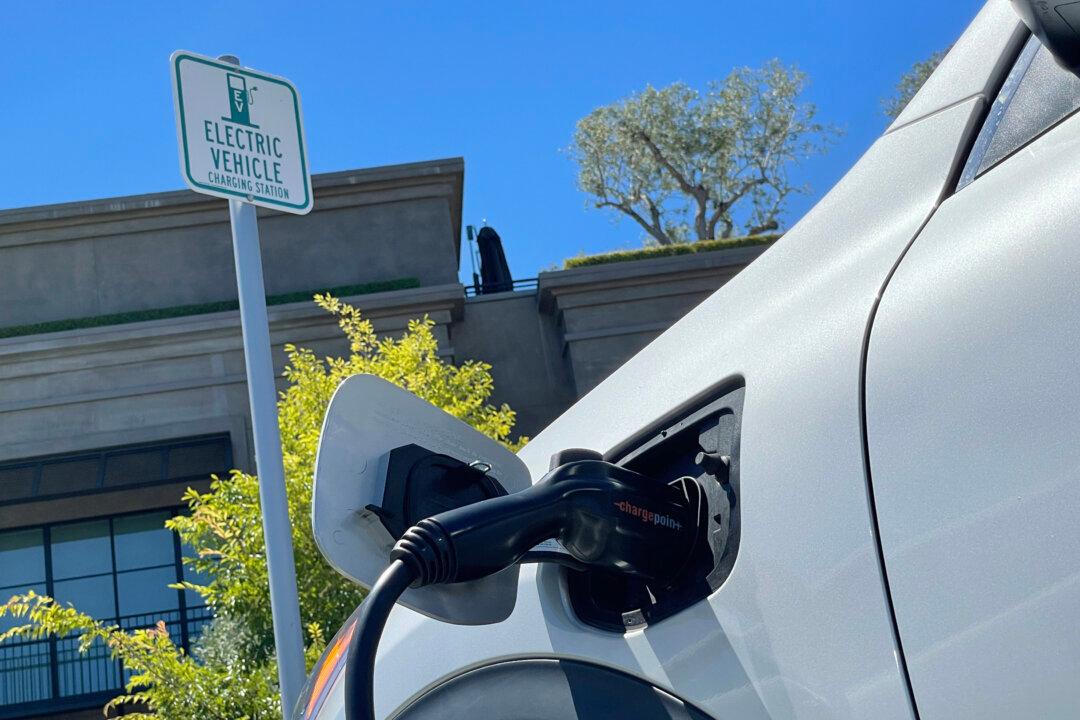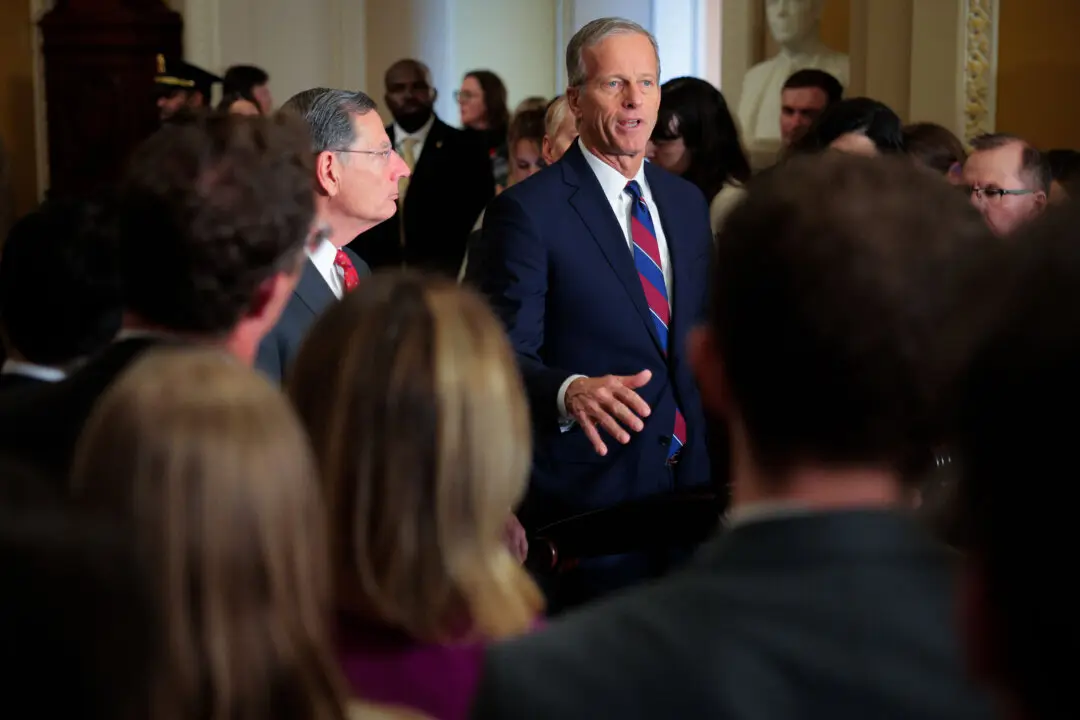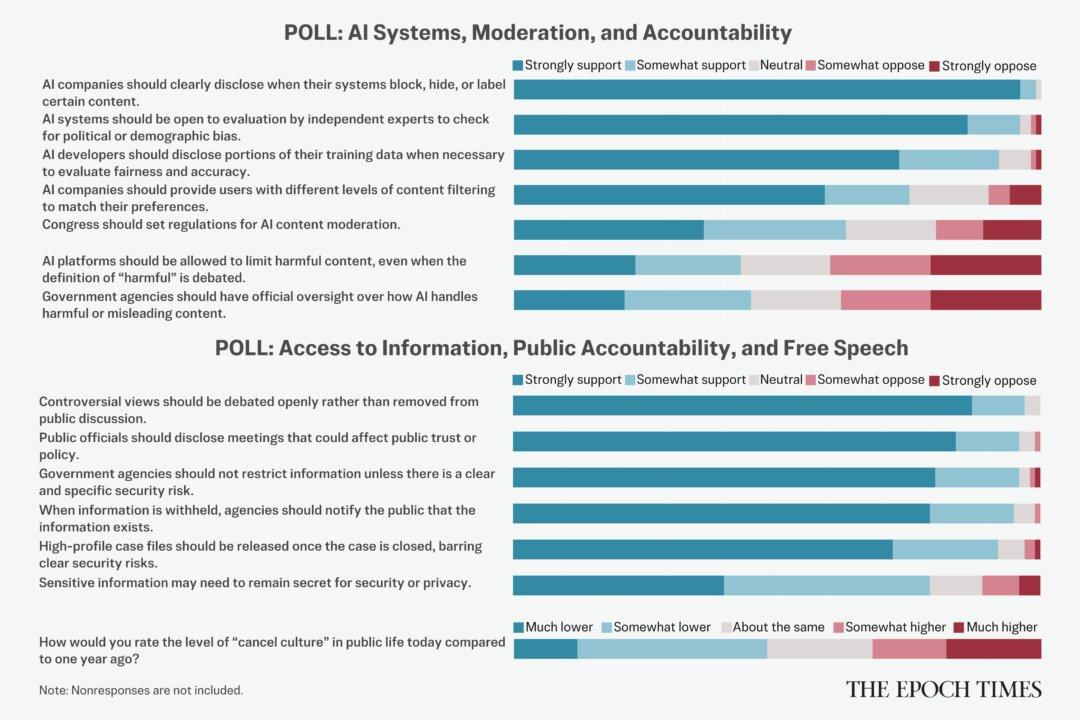The cost of President Joe Biden’s green energy agenda could rise to $1.2 trillion, more than triple the original projection, if not accompanied by conservative implementation guidelines, financial analysts say.
The Inflation Reduction Act (IRA) of 2022 offers large tax and investment credits for the purchase of electric vehicles, home solar panels, heat pumps, energy-efficient home appliances, and other so-called clean energy initiatives.





